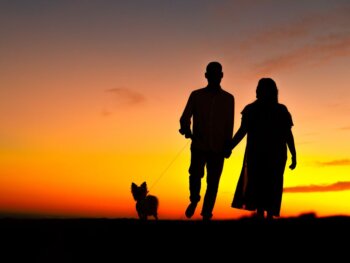For those who looking to escape, travel has definitely changed. This is what travelling during COVID-19 looks like.
Summer is here which means it is time to travel.
That was the attitude of the entire world one year ago.
Now travel has changed. In these pandemic times, a simple dinner at a restaurant seems impossible. When to comes to travel — well, it is what it is.
Several countries like the US, India, Russia, and South Korea are still under the hold of COVID-19. Having said that, South Korea along with Australia, New Zealand, Europe, and Japan are slowly relaxing their travel restrictions. As of July 1st, Canada is one of the few countries that are allowed to fly into Europe. Finally, one can travel to Europe to see their loved ones or to take a vacation. Just don’t let the empty airports terrify you.
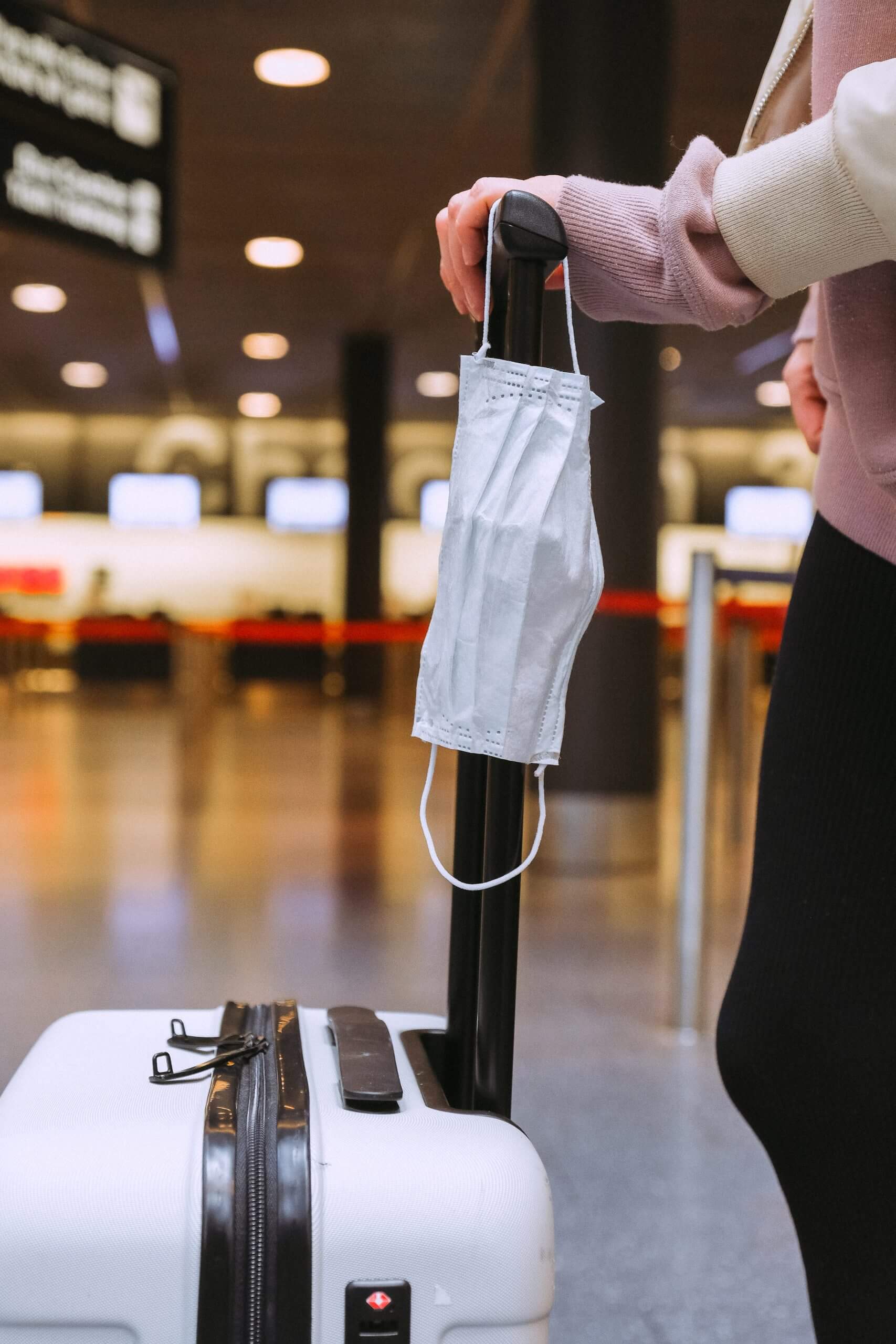
The Airport
The adventure begins right when you arrive at the airport — what with temperature checks and solid questioning. Hint: Time yourself better and get to the airport much earlier.
Masks are the latest face accessory that cannot be compromised. For example, Lufthansa Group recommends passengers to wear a mask throughout the journey, at the airports, and whenever the required minimum distance cannot be guaranteed without restrictions.
Along with that comes a list of dos and don’ts if you are looking to step into a plane this year.
Do this
Travel only if necessary
Carry masks
Carry sanitizers
Have sufficient food on hand
Arrive at the airport at least three to four hours in advance (or even more depending on your destination)
Carry all the paper work you need to be shown at different counters
Wear gloves if you can
Carry your medicines in your hand luggage
Use credit/debit card instead of currency notes
Maintain social distancing
Carry minimum luggage.
Avoid trolleys
Stay Away From
If it’s not essential, try to avoid travelling with elderly people
Try not to touch too many surfaces/things
Be mindful when going to the bathrooms
Wash your hands regularly
Avoid buying food at the airport.
Another major regulation is that all flight attendants who come in direct contact with customers also need to wear a mask at all times. They need to provide customers with disinfectant wipes for extra cleaning of one’s seat prior to settling in.
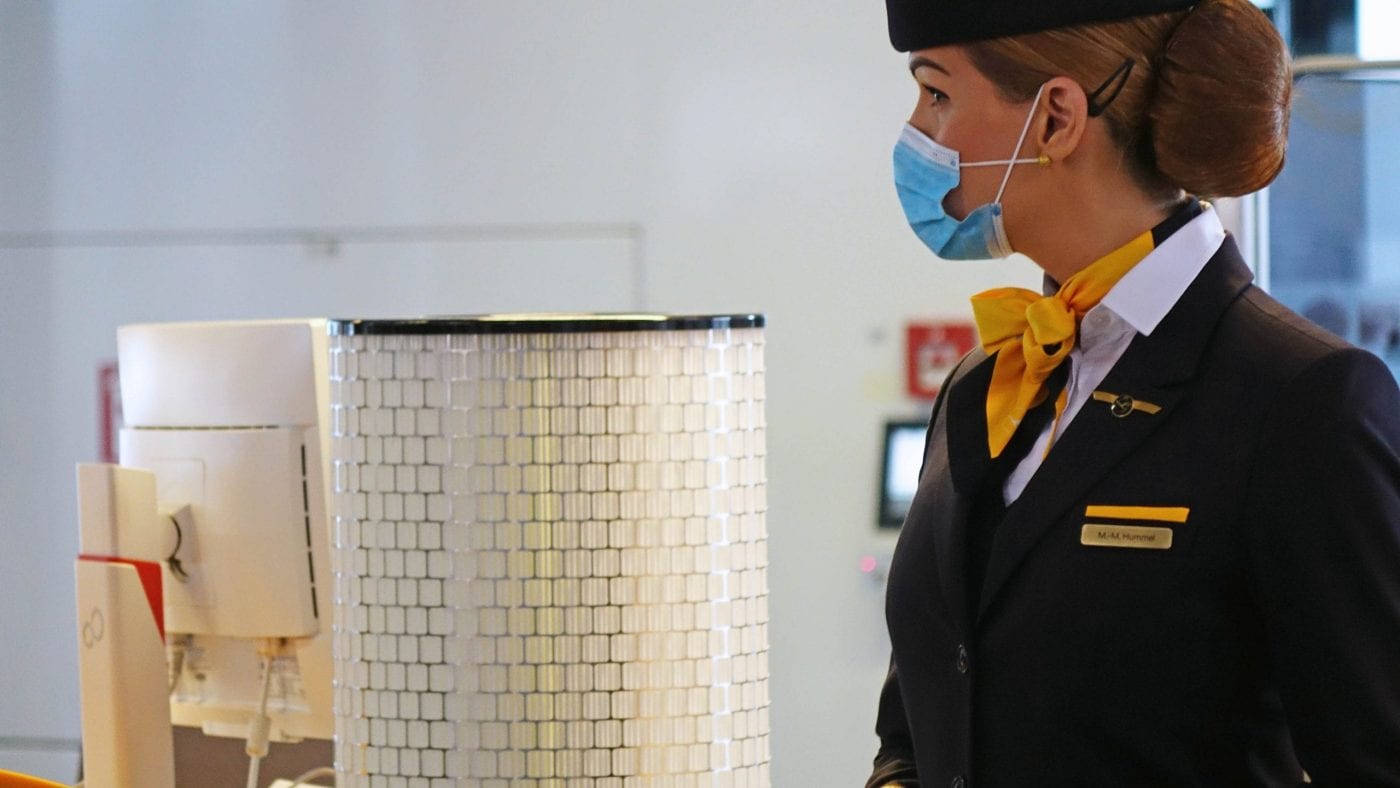
The Plane
“Safety has always been the #1 priority for us. However now, safety coupled with the highest levels of hygiene has definitely become the newest form of hospitality. One major form of cleanliness and hygiene that is found in our aircraft, and that already existed pre-pandemic, are HEPA filters. In fact, the air you are breathing on an aircraft is cleaner and safer than the air you breathe when grocery shopping,” says Tal Muscal, Lufthansa Group’s director of group communications for America.
He adds, “Furthermore, the air onboard the aircraft is akin to a clinical operating room. The recirculated air – which reflects approximately 40 percent of in-cabin air — is filtered, removing contaminants such as dust, bacteria, and viruses. The rest is added as fresh air from outside the aircraft. Airflow within the aircraft is also expertly designed to mirror the laminar airflow of an operating room, moving at the same speed and in the same direction with no or minimal crossover of air streams.”
What about the seating system? While some aircraft continue to leave the middle seat empty, The Lufthansa Group (Which includes Swiss International Air Lines, Eurowings, Austrian Airlines, Brussels Airlines, SunExpress, Air Dolomiti, Edelweiss Air, AirPlus International) are open to allocating the middle seat to passengers. However, since the demand for travel is a lot lower, adjustments are made within the vessel.
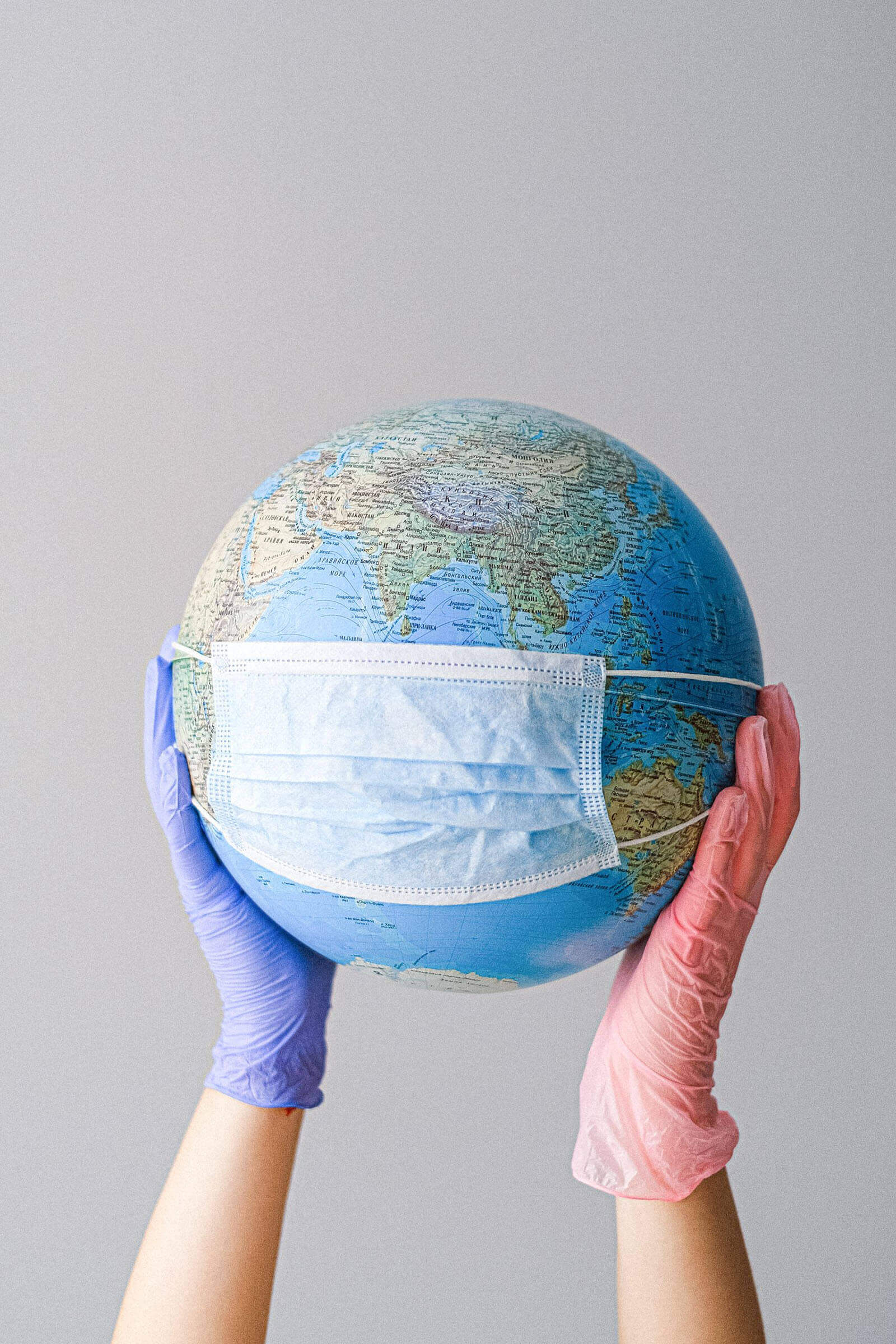
Air Canada have introduced a safety program called Air Canada Clean Care +, which includes several processes keeping in mind the safety of the passengers, for example, virtual queuing, touch free bag checkup, and sanitizer dispensaries for regular use for everybody at the airport.
They also have health screening questions and pre-flight infrared temperature checks for customers, as well as the disinfection of frequently touched areas like check-in counters and kiosks. Some flights like Canadian North have suspended seat selection options. One does not get to enjoy the window seat anymore, sigh! Most importantly, several flights have also suspended meal and snack services in order to safeguard passengers and employees.
When You Land
Passengers have to go through quite a bit of a deal to reach their destination. “It was one stressful journey. Imagine having to travel with fear always on your mind that’s how it was for me. I was not going on vacation but was surely going to reunite with my family in Chennai,” Nandini Santhanam who took the special Vande Bharat flight (repatriation flights from Canada operated by Air India to bring back stranded Indians) from Toronto to Chennai explained. “The constant cleaning, sanitizing, masks, and long hours can be a huge bummer but one needs to remember that this will all end soon and things will get much better. Life will return to being happy without masks.”
With people expecting a second wave soon, are the airlines prepared? “We have no choice but to withstand a potential second wave if it does indeed occur,” noted Muscal. “Over these past months, during our restart and now as we ramp up, we have been working towards, and achieving, a safe and hygienic on-the-ground and onboard experience, so our passengers should be confident during any uncertain times.
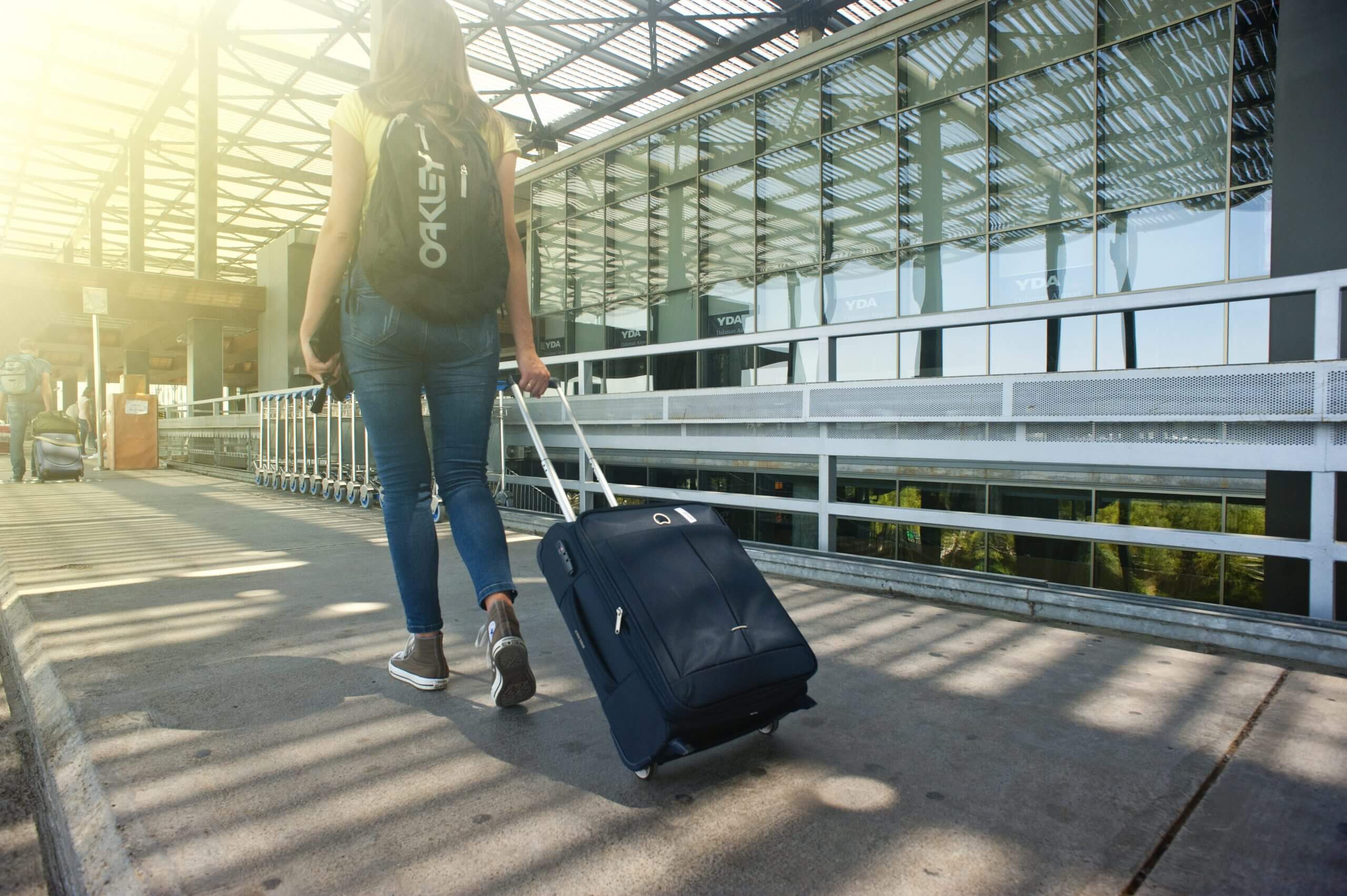
As for those who are going to travel — remember to stay patient with public health protocols and social distancing requirements. Make sure you carry the right documentation and have researched in advance about local health protocols. If you choose to travel, this is the time to be vigilant and to make sure you are aware of the surroundings at all times. After all, who would have thought of a day when there would be contactless on-boarding and masks for an entire journey!
Driving
Whether you are looking to drive across borders or across country, things are equally going to look weird for those who are driving down to the US. The Canadian government just announced their continuation of the Canadian-US border closing for another month —until August 21st, 2020. The world’s longest undefended border closed early on in the pandemic, and with the United States’ concerning stats it’s all the more reason for the Canadian side to keep it closed while making exceptions for truck drivers, essential workers and those who reside in Canada.
But in case you are planning to drive to the US, or across country in North America, some of the major points to remember are to have enough and more supplies — be it with food, sanitizers, tissues, water, masks, and gloves. Keep track of the various openings especially in the States. The openings, lockdowns are in a fluid situation and depends on state by state. So best to do your homework before you hit the road.
And if you really want to drive to the US then as per a report on CBC, ” The Canadian government currently advises its citizens to avoid any travel because of the pandemic. But it won’t prevent them from visiting the U.S. or other countries and will allow travellers to return to Canada — as long as they self-isolate for 14 days. It is also to be noted that because of the government’s travel advisory, Canadians might find it difficult to get travel insurance that provides medical coverage if they fall ill with COVID-19 while abroad.”
When it comes to travelling across Europe it’s always best to keep track of each country’s COVID-19 entrance/exit guidelines as well as what’s available as well as their quarantine rules. The biggest concern one must have is that most restaurants may not have their restrooms open for public use. This means you will be depending heavily on highway restrooms bring back to being double cautious with sanitizing.
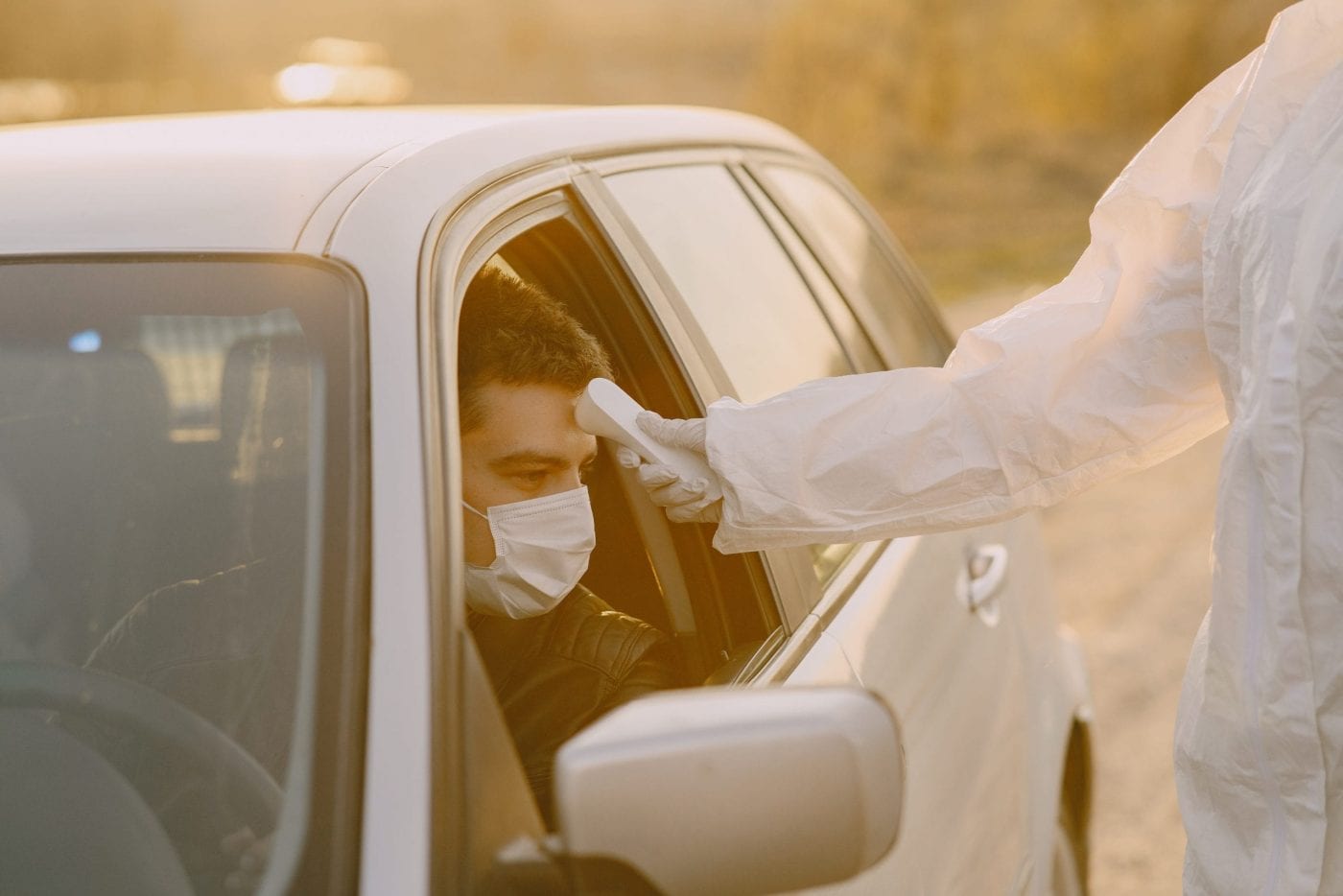
Camping & Cottaging During COVID-19
Lack of travel options and summer has pushed a lot of people to go camping and staying at cottages this year. With Airbnb and motels opening up, travellers can get a chance to move away form the bustle of the city and enjoy some wilderness amidst the COVID scare. Of course a change of scenery after having been locked in your own home is also a valid reason to. Airbnb released their list of what home owners should do when cleaning in between guest stays.
With most of the Canada’s Provincial Parks opening up, travellers have also a chance to be secluded and enjoy some lake time. With various procedures in place, ie: cleaning washrooms everyday, no contact entrance, and minimum activities for visitors to prevent the virus from spreading, the outings can be as safe as you can make it. Several parks only have hiking as an option and do not allow camping on sites, or any water activity. As for hotels and motels, every room is cleaned on an everyday basis with new upholstery. Several motels have still not opened their kitchen and services for the safety of the staff and visitors. For those who are itching to get out of the city, this is the best bet!
Main Image Photo Credit: www.cicnews.com
Mrinalini Sundar
Author
Mrinalini Sundar (new_girl_in_to) has worked with various Indian national, international publications including Times Of India and is currently based out of Toronto. She's constantly in search of high adventure, exotic food, and new experiences. She is the happiest amidst mountains, with no wi-fi.








































































































